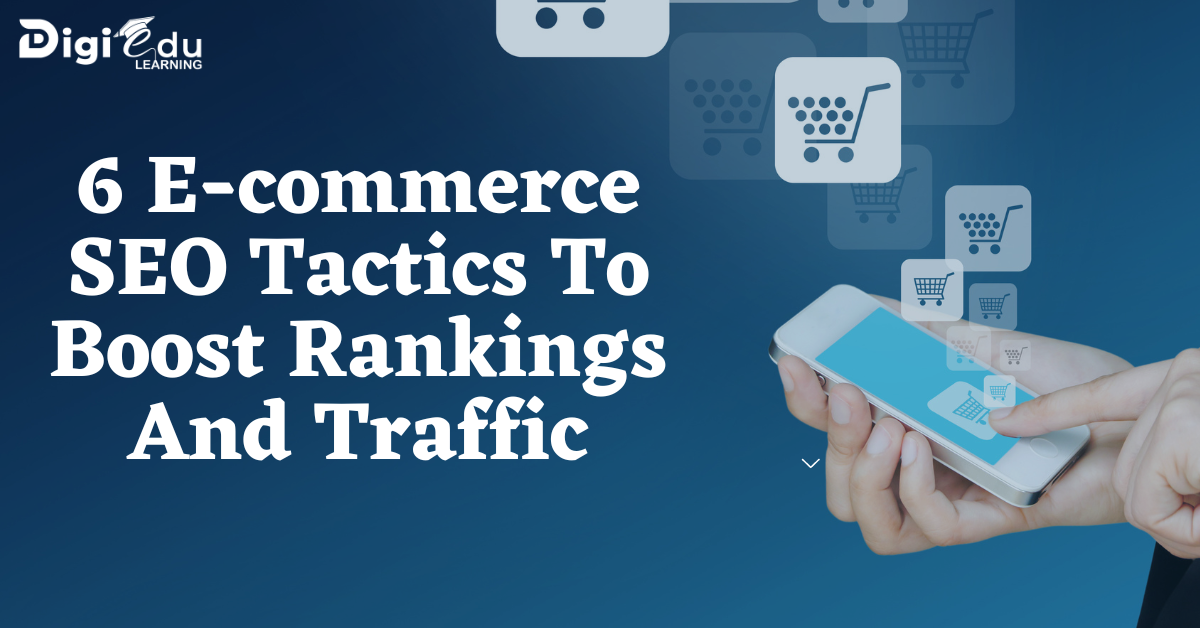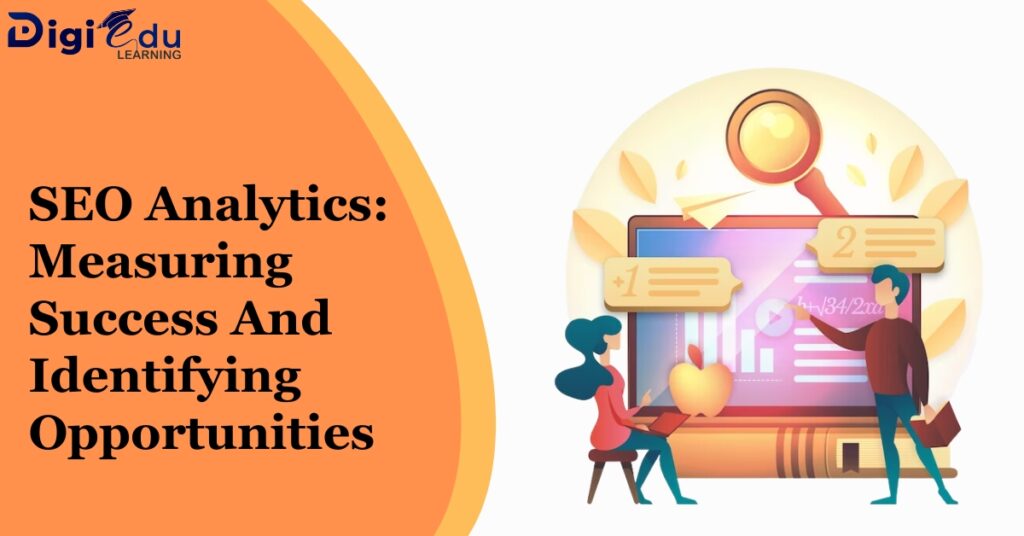E-commerce SEO is a relatively new field, but it’s quickly becoming one of the most important aspects of running an e-commerce business. Search engine optimization (SEO) is about more than just getting your products in front of potential customers; it also helps you rank well on search engines and increase traffic to your site from organic search results.
As much as 10% of all online revenue comes from organic search alone! So if you want to grow your online sales, then you need to invest time and effort into optimizing your content so that people can find them easily when looking for products like yours.
#1 Target Long-Tail Keywords
Long-tail keywords are longer and have more search queries. They include keywords that are 10, 20, or even 30 characters long, as opposed to the traditional 5 or 6-character word searches. Long-tail keywords have a higher conversion rate compared to their shorter counterparts because it’s easier for you to find what your customers are looking for when they’re using language like “best dog bed” rather than just “dog bed”.
The reason why these types of searches tend to perform better than others is that they can be used in voice searches too! If someone asks Siri “What dog beds should I buy” then she’ll use her own personal knowledge base (her own experience) while also taking into account suggestions from other users who might have bought one from one specific brand before them – this makes sense when we consider how much time people spend on social media sites such as Facebook where posts about various products appear often enough so users can see firsthand what else is out there beyond just seeing ads everywhere which might lead us down wrong paths towards purchasing something we don’t necessarily need.”
#2 Optimize For Voice Search
Voice search is the use of voice-activated devices, including smart speakers and mobile phones, to search for information. It’s a huge part of e-commerce strategy and one that has grown rapidly in recent years. In 2017 alone, voice searches increased by 34% from 2016 levels—and they continue to rise!
So how can you optimize for this new form of search? First off: don’t ignore it! Voice search accounts for nearly half (49%) of all US searches on Google right now—and it’s expected to grow even more quickly over time as more people begin using their voices instead of typing out queries into a keyboard or desktop computer screen (which may explain why some brands are getting involved with home assistant devices).
#3 Improve Ecommerce Product Pages
• Include a product page template.
• Use product reviews and ratings.
• Include a video or image gallery, which can help you sell more of your e-commerce products by showing customers what they’re missing out on if they don’t buy this one right now!
• Make sure to include a comparison chart so that buyers can see how one of your products compares with another one in terms of quality and price tag as well as features like materials used etc., which will help them decide which one would be most suitable for their needs based on their own preferences rather than just blindly choosing from all those options without knowing much about each one beforehand first before making a decision altogether!
It’s also important not only because it helps improve SEO but also because many users are now using mobile devices such as smartphones or tablets when browsing online so having an optimized website layout makes sense here too since Google likes websites that look good regardless whether they’re desktop versions or mobile ones (which means no matter what device type is being used).
#4 Optimize Category Pages
Category pages are the most important pages on your site. They’re where you list the products and services you offer, as well as pricing information, product images, reviews, and more. Optimizing category pages for search engines will help bring more traffic to your e-commerce store. Here are some tips:
• Improve product pages – Add relevant keywords in the title tag or meta description of every single product page on your site (and all its subcategories). This is an essential step that can make all the difference between having a sales opportunity and not!
• Create blog posts about related topics – If you sell something related to another product or service that interests users searching for information about those things like how-to guides or FAQs then include them in these blogs so they show up when people search for related terms in Google’s Knowledge Graph.
#5 Focus On Local SEO
Local SEO is a critical element of eCommerce SEO. Local search results are the first thing that shoppers see when they search for your brand or product, so it’s important that you rank well in these local searches.
In order to rank well in local searches, you need to be able to answer questions like “where is [your store] located?” and “how can I get directions from here?” If someone Googles “where is [your store] located?” and sees that you have no information regarding this question, then they might not visit your website!
If someone Googles “how can he get directions from here?” then hopefully they will find your website instead of having a bad experience trying to figure out how best to reach you.
#6 Create A Blog
You might have heard that blogging is dead, but it’s not.
Blogs are a great way to build your brand and drive traffic to your site. They also help you rank well in search engines because they can be indexed by Google, Bing, and other search engines.
Here are some tips on how to create a blog:
• Blog once per week or twice per month (or whenever you want) – This will help keep people interested in what you have to say so they visit often instead of just once every few months when they need something new and exciting!
• Include videos – Videos are one of the most popular types of content on social media platforms such as Facebook & Twitter today because consumers love them! If possible try adding some video clips to your blog post so people can easily see what kind of service/product/service etc.
Don’t Ignore E-commerce SEO. Even If You Don’t Have The Time To Implement These Tactics, Remember That They Will Help You Rank Better And Get More Organic Search Traffic
Don’t ignore eCommerce SEO. Even if you don’t have the time to implement these tactics, remember that they will help you rank better and get more organic search traffic.
The first step in any SEO campaign is getting your website on the first page of Google Search Results (SERPs). This is done by submitting a URL, which has been verified by Google as being yours. Once this happens, it will stay there forever unless something drastic happens—like getting hacked or having another link pointing at your site removed from the SERPs due to manual action by someone else (like Panda or Penguin).
So what do we mean when we say “eCommerce SEO?” It means following best practices when optimizing URLs for eCommerce stores so they rank well in search engines like Google Search Engine Optimization (SEO) tools such as Moz & Ahrefs; Analytics platforms such as Google Analytics & Omniture SiteCatalyst; Technical difficulties like 404s etc., among others.
Conclusion
If you’re still not convinced about the importance of eCommerce SEO, we hope that this article has helped to change your mind! After all, there are plenty of other factors that go into SEO, but it’s crucial to understand what makes a site rank well for certain keywords.






